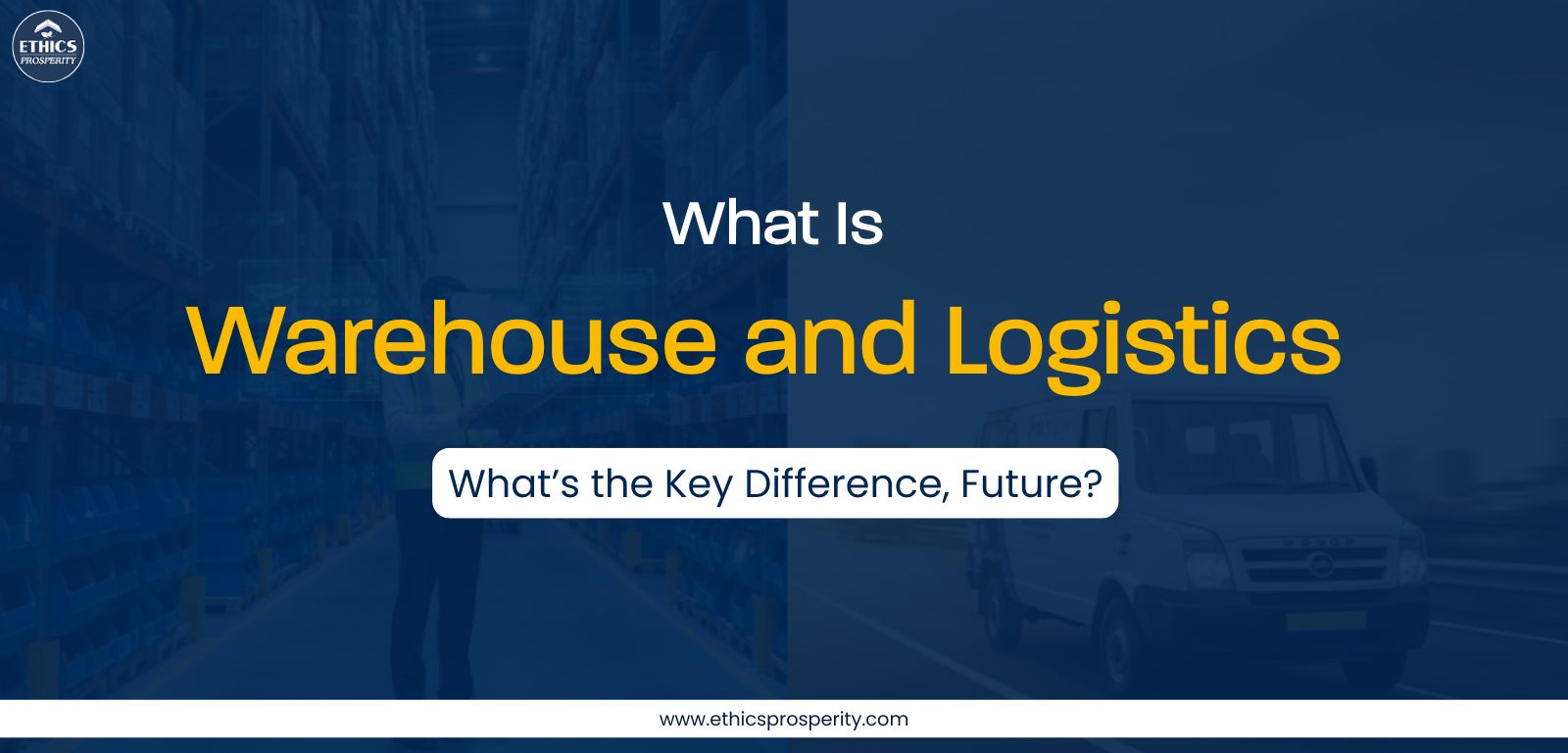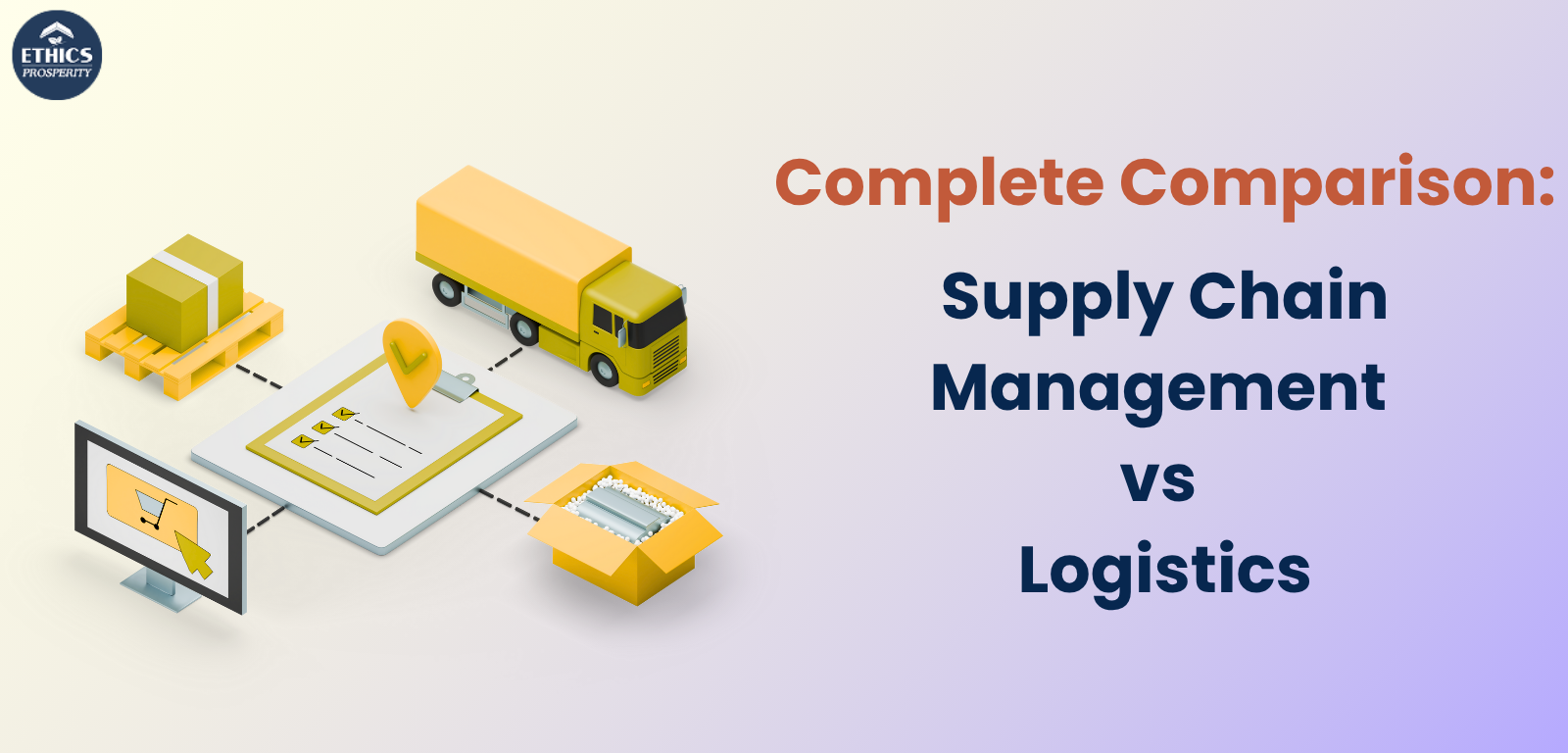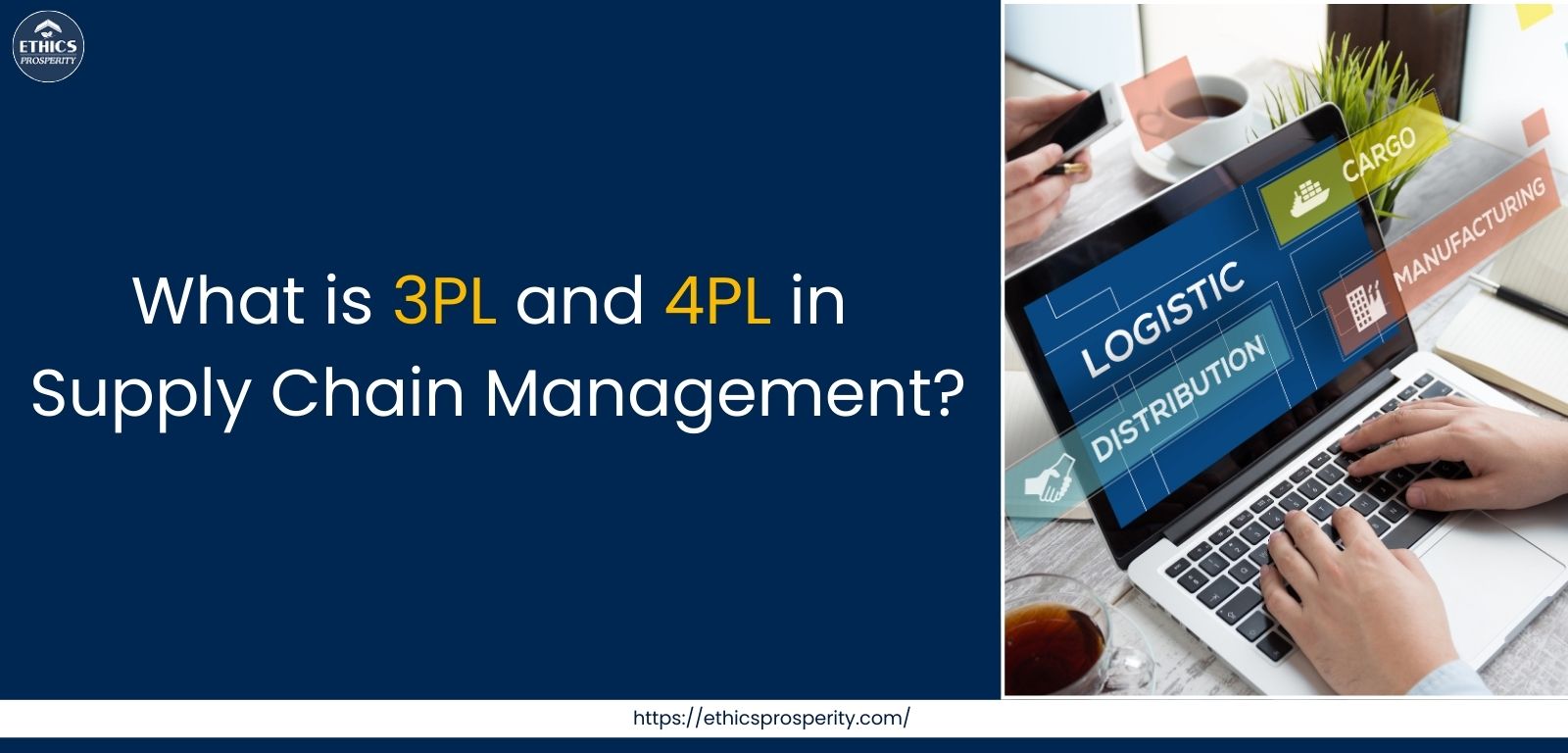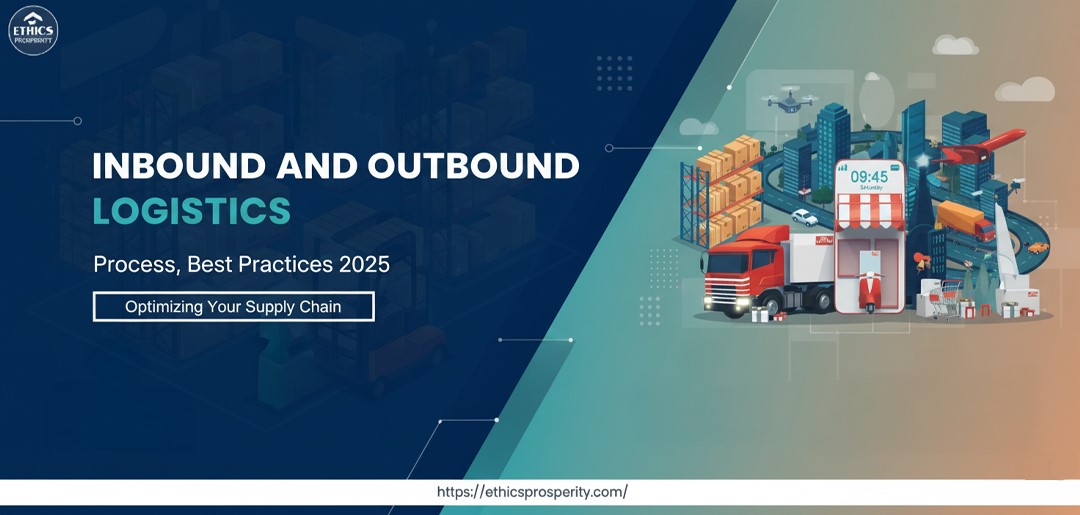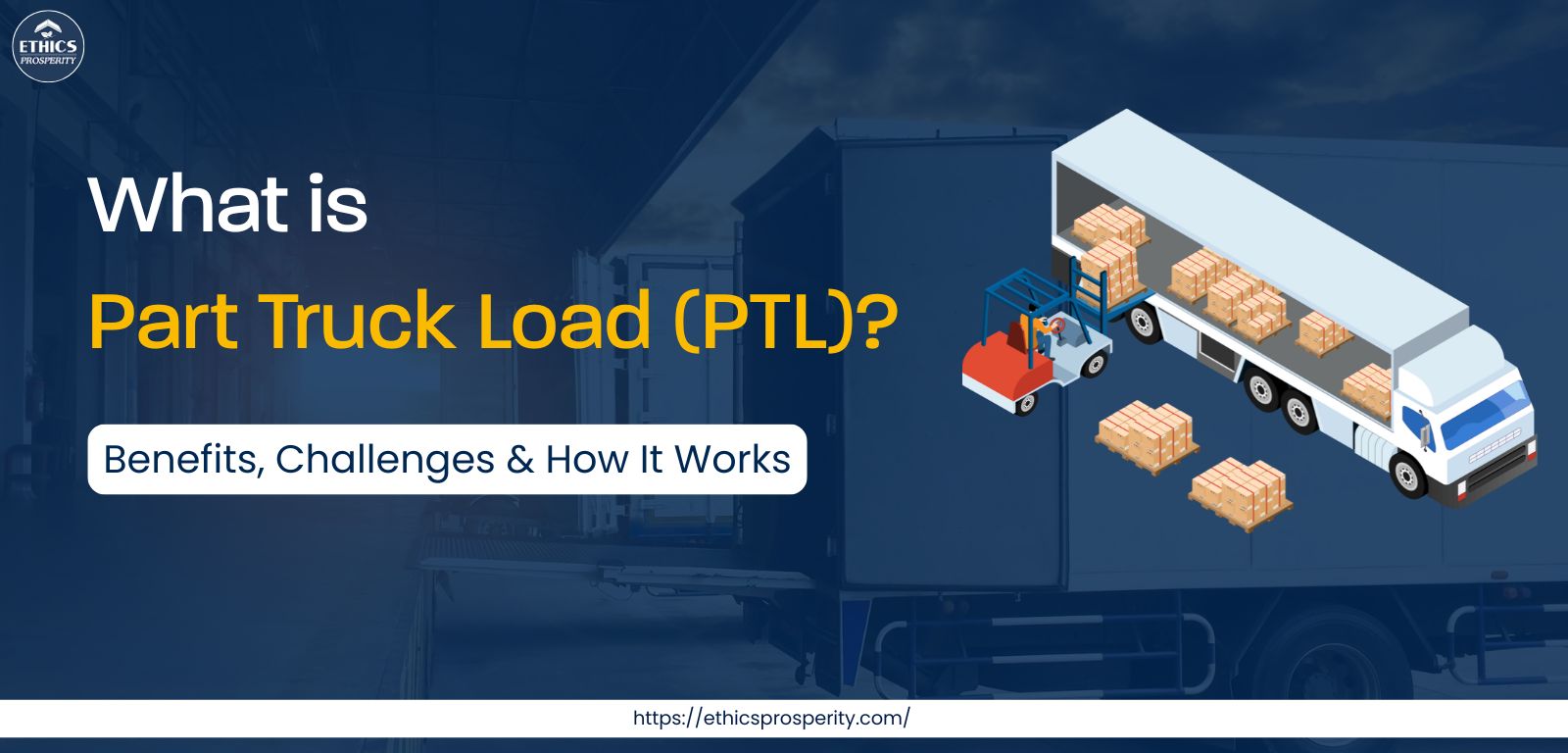In the modern business landscape, warehouse and logistics play a pivotal role in ensuring the smooth and efficient movement of goods. Yet, many professionals still use these terms interchangeably — even though they serve distinct but interdependent functions within the end-to-end supply chain management ecosystem.
As a supply chain head with decades of experience, I’ve seen how optimizing warehousing in supply chain operations and strengthening logistics management can drastically reduce costs, improve delivery timelines, and boost customer satisfaction. Let’s explore what makes warehousing and logistics unique, how they interact, and why mastering both is essential for modern businesses.
What is Warehousing in Supply Chain?
Warehousing in supply chain is a stationary function. It is the physical process of storing goods and materials before they are moved to the next point in the supply chain. It focuses on the effective management of space and inventory within a fixed facility. Think of the warehouse as a sophisticated pit stop designed for precision.
In my experience, a warehouse’s success hinges on optimizing the four walls it occupies. Leading Warehouse Companies in India have become masters of this internal optimization.
Key Activities in Warehousing
The daily activities are highly granular and operationally intense:
-
Receiving goods: Verifying, inspecting, and formally taking custody of incoming products.
-
Putaway and storage: Strategically placing goods to optimize accessibility and space utilization. This is where the choice between general storage and specialized solutions like Custom Warehousing (for bonded or specialized goods) is made.
-
Inventory control and tracking: Maintaining real-time, accurate records of stock levels, locations, and conditions.
-
Picking, packing, and shipping orders: The final, highly efficient steps of preparing goods for outbound transport.
Goals of Warehousing
-
Maintain accurate inventory data.
-
Optimize storage utilization.
-
Enable seamless and timely order fulfillment.
-
Support custom warehousing needs for varied industries like FMCG, automotive, and quick commerce.
A well-managed warehouse forms the foundation for supply chain companies in India to operate at scale, especially when integrated with digital systems such as Blockchain in Smart Warehousing.
What is Logistics in Supply Chain?
If warehousing is the pit stop, logistics in supply chain is the race strategy—the entire management of the movement and flow. It is the strategic framework that ensures the right product reaches the right place at the right time and cost.
Logistics management is the process of planning, implementing, and controlling the efficient, effective forward and reverse flow and storage of goods, services, and related information. It is a holistic, moving process that views the entire supply path, not just one location.
Key Activities in Logistics
Logistics encompasses a much broader, dynamic range of activities than warehousing:
-
Transportation management: Planning the most efficient mode and route, including leveraging services like Part Truck Load (PTL) for optimization.
-
Supply chain planning and management: The strategic design of the entire flow.
-
Inventory management (including warehousing): The macro view of inventory across the entire network, not just within a single facility.
-
Information flow and data analysis: Using data to predict demand, track shipments, and dynamically reroute where necessary.
Types of Logistics
Effective logistics management involves mastering different categories of flow:
-
Inbound and outbound logistics: Inbound focuses on the transport of raw materials and components into the facility, while outbound focuses on the delivery of finished goods to the customer.
-
Reverse Supply Chain (Reverse Logistics): This critical, often overlooked function manages the return of products, packaging, and materials back up the supply chain for repair, recycling, or disposal. It's essential for sustainability and customer satisfaction.
Core Goals of Logistics
Logistics goals are market-facing and cost-centric:
-
Ensure timely and accurate delivery of products.
-
Minimize overall operational costs, including warehousing, transportation, and inventory carrying costs.
-
Improve customer satisfaction through reliable service.
SCM vs Logistics
While often confused, the distinction between Supply Chain Management (SCM) and Logistics is crucial for any executive.
Logistics is primarily concerned with the physical flow and storage of goods. It is the tactical execution of movement.
SCM is the strategic, overarching system that connects all business functions—including logistics, procurement, manufacturing, finance, and IT—into a unified, efficient flow. Logistics is a vital component within SCM, but SCM is the full strategic framework that aligns the supply chain with corporate objectives. Neglecting this top-level alignment is where most B2B companies falter.
What is Warehouse Logistics?
Warehouse logistics integrates both warehousing and logistics principles to optimize storage, handling, and movement within and outside a warehouse. It combines physical infrastructure with digital technologies to enable efficient inbound and outbound logistics.
Key Components of Warehouse Logistics
1. Inventory Management
Accurate stock visibility across all levels — from procurement to dispatch — is achieved through WMS and IoT-enabled tracking systems.
2. Order Fulfillment
Automated systems pick, pack, and dispatch goods efficiently, ensuring speed and accuracy, vital for last mile delivery companies and quick commerce models.
3. Facility Operations
Includes layout optimization, safety protocols, and energy efficiency to support sustainable operations — a growing concern for warehouse companies in India.
Benefits of Warehouse Logistics
-
Operational Efficiency: Streamlined workflows reduce manual dependency and human error.
-
Cost Reduction: Optimized transport routes and digital monitoring lower overhead costs.
-
Inventory Accuracy: Real-time visibility minimizes stock discrepancies.
-
Customer Satisfaction: Faster and more reliable deliveries boost service quality.
-
Sustainability: Integration with reverse supply chain processes supports green initiatives.
Warehousing and Logistics: Key Differences
To solidify the distinction for your team, here are the key operational differences in a strategic snapshot:
How They Work Together in an End-to-End Supply Chain
In a high-performing system, warehousing and logistics must be seamlessly integrated to achieve a successful End-to-End Supply Chain Management outcome.
-
Demand Signal: SCM predicts demand.
-
Inbound Logistics: Arranges the efficient delivery of raw materials to the manufacturing site or goods to a central distribution warehouse. Carriers specializing in Part Truck Load (PTL) services are crucial here, providing a cost-effective solution for shipments larger than LTL but less than a Full Truck Load.
-
Warehousing: The goods are received, stored, and picked using WMS-driven processes.
-
Outbound Logistics: The goods transition to the transportation network. This is where strategic partners, including Last Mile Delivery Companies like leading firms in the Indian market (e.g., Delhivery, Ecom Express, and Ethics Prosperity) , take over to manage the final, most complex, and expensive leg of the journey. These Supply Chain Companies in India must operate with precision to convert warehousing's internal efficiency into external customer delight.
The Future of Warehouse and Logistics Management
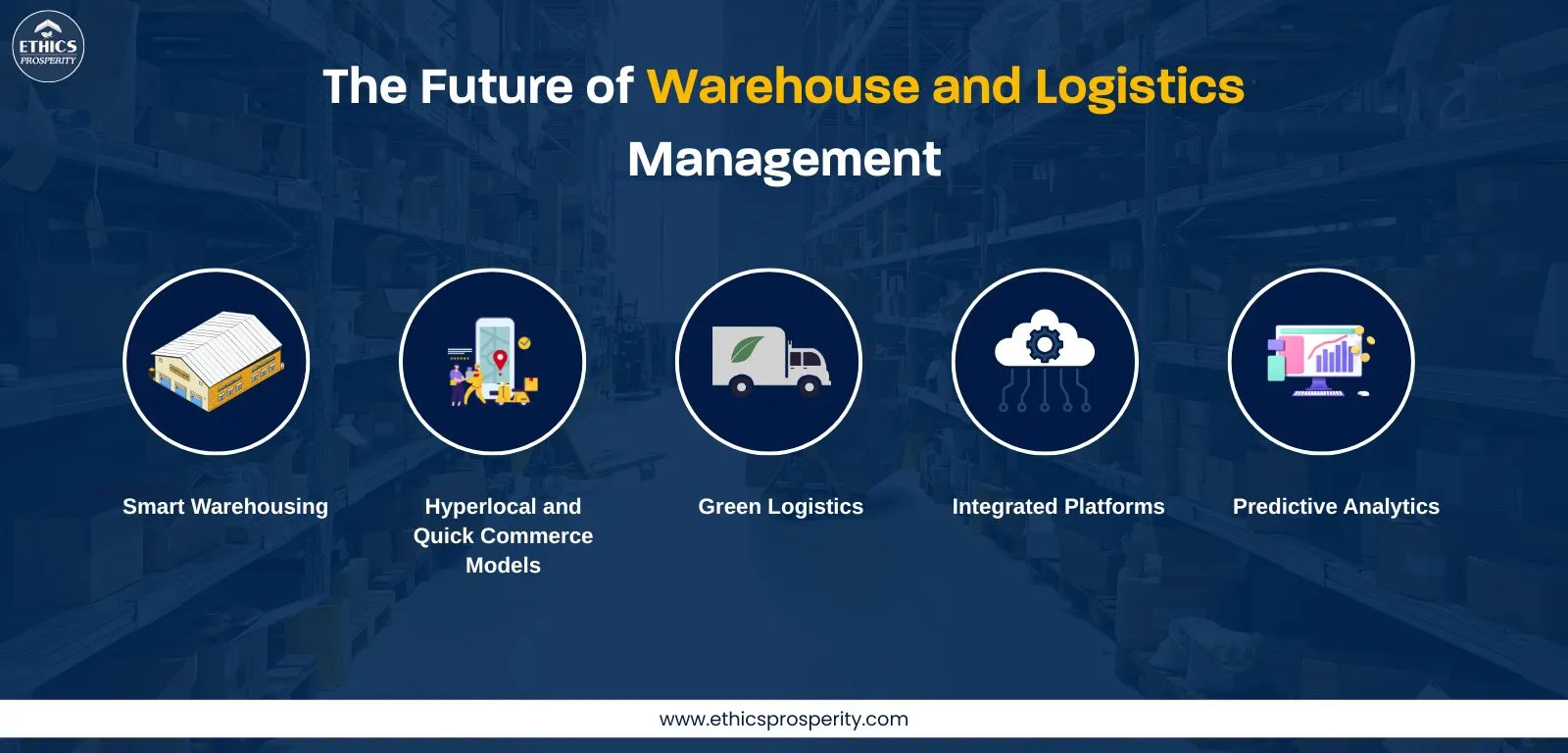 The next generation of warehouse and logistics operations will be tech-enabled, automated, and sustainable. Some trends shaping the future include:
The next generation of warehouse and logistics operations will be tech-enabled, automated, and sustainable. Some trends shaping the future include:
-
Hyperlocal and Quick Commerce Models: Rapid fulfillment through compact micro-fulfillment hubs.
-
Green Logistics: Electric fleets and eco-friendly storage solutions.
-
Integrated Platforms: Unified dashboards for WMS, TMS, and ERP systems.
-
Predictive Analytics: Anticipating demand spikes and optimizing routes before disruptions occur.
As customer expectations evolve, so must the strategies behind warehouse and logistics management. The businesses that invest in adaptability, automation, and sustainability will lead the next supply chain revolution.
Conclusion
The difference between warehousing and logistics lies in their roles — one stores, the other moves. But together, they form the heartbeat of every efficient supply chain logistics system.
Incorporating modern technologies such as Blockchain in Supply Chain, Warehouse Management Systems, and AI-powered logistics planning can transform traditional operations into competitive advantages.
For organizations aiming to future-proof their operations, partnering with expert supply chain companies in India like Ethics Prosperity ensures complete visibility, reduced costs, and a truly end-to-end supply chain management experience.
